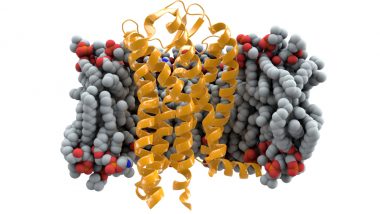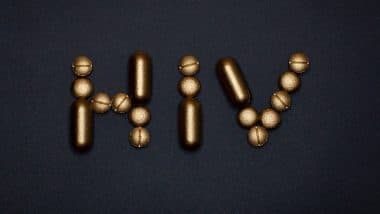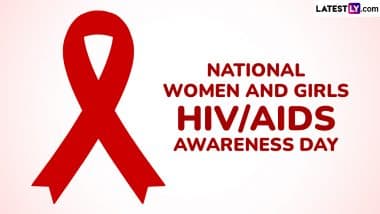In an extraordinary case that will give hope to millions, an HIV-afflicted man has become the second person in the world to be cleared of AIDS, thanks to a bone marrow transplant from an HIV-resistant donor. Reuters reports that the UK man, nicknamed “the London patient”, received the bone marrow from a person who was genetically resistant to HIV. After 18 months of going off antiretrovirals, he has been cleared of AIDS as per his latest bloodwork. There’s no virus in his blood any longer.
HIV biologist Dr Ravindra Gupta who treats him told Reuters that there’s no measurable virus in the patient’s blood. “We can’t detect anything,” he said.
The London patient underwent a treatment similar to that of an American in 2007 in Germany. He too was clear of HIV. The US-citizen Timothy Brown is still living HIV-free.
Dr Gupta said that the UK citizen contracted HIV in 2003 and was diagnosed with a type of blood cancer called Hodgkin’s Lymphoma. In an interview with the news agency, the doctor said that a bone-marrow transplant was the only chance of survival for him. 2.1 Million Indians Are HIV Positive Says UNAIDS, But More Than 40% Are Unaware.
So the doctors sought out bone marrow from a patient who had a genetic mutation called CCR5 delta 32, which makes the person immune to HIV. Despite a few side effects, the treatment went on smoothly.
The new findings were published online Monday by the journal Nature.
What is CCR5 Delta 32 and How Does it Make People Resistant to HIV?
According to Scitable, CCR5-delta 32 is a genetic mutation, which makes people who have them resistant to AIDS. It prevents the virus’ ability to penetrate immune cells in people who have it. Only one percent of people, Northern Europeans, especially the Swedish, has this miraculous mutation. These people receive a copy of their genes from both their parents.
Medical science hasn’t been able to fathom why the mutation is seen only in such a small sliver of the population. A few theories are afloat.
Researchers believe that the mutation has been around longer than HIV started infecting people. They estimate that it was around for 700-2900 years.
According to one theory, the mutation originated in the Vikings, or the Norse seafarers from the late 8th to 11th century. The mutation was passed on through the invasions by the Vikings from Scandinavia to Iceland, Russia, and Central, Southern Europe. The mutation gave them an edge over the others, helping them survive plagues and other diseases.
After the Black Death, many with CCR5 survived the plague and passed on their genes, thereby increasing their numbers.
CCR5-delta 32 is an important weapon in our fight against AIDS, but that doesn’t make treatment easy. While it seems like a miraculous breakthrough, the treatment is obviously not without its risks and expenses. The entire procedure can be complex and risky, and a match is required between the donor and the patient.
Donors with the genetic mutation themselves make up a tiny proportion of the population – mostly belonging to northern Europe.
Despite this, the genes are not entirely immune to the virus. There were cases of homozygous carriers getting infected with HIV, despite their “resistant” genes.
Can AIDS be Cured with CCR5?
The news is encouraging, but we shouldn’t celebrate too early warns scientists. While the results of the treatment point to an inevitable end AIDS, the researchers added that this doesn’t necessarily mean that there’s a cure for HIV.
The patient can be considered “functionally cured” and “in remission,” but it’s premature to conclude that he’s cured, according to Dr Gupta.
(The above story first appeared on LatestLY on Mar 05, 2019 01:53 PM IST. For more news and updates on politics, world, sports, entertainment and lifestyle, log on to our website latestly.com).













 Quickly
Quickly





















